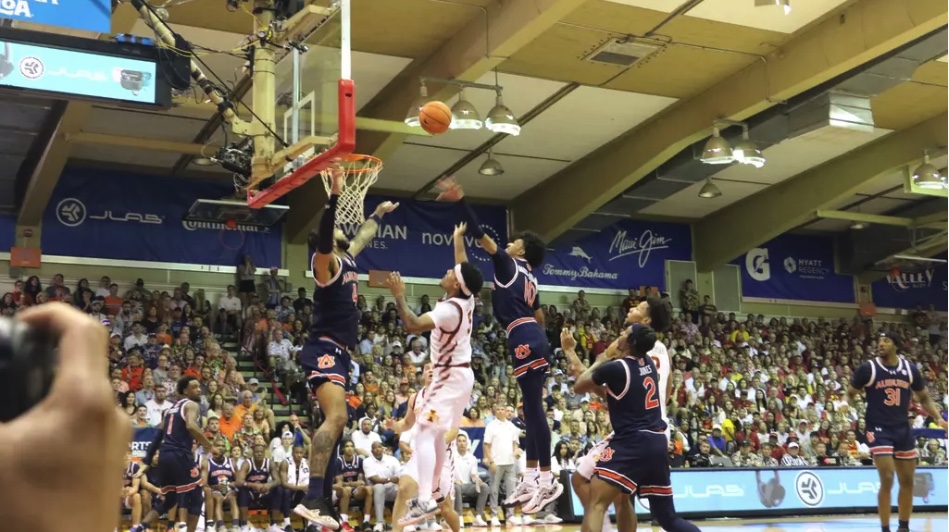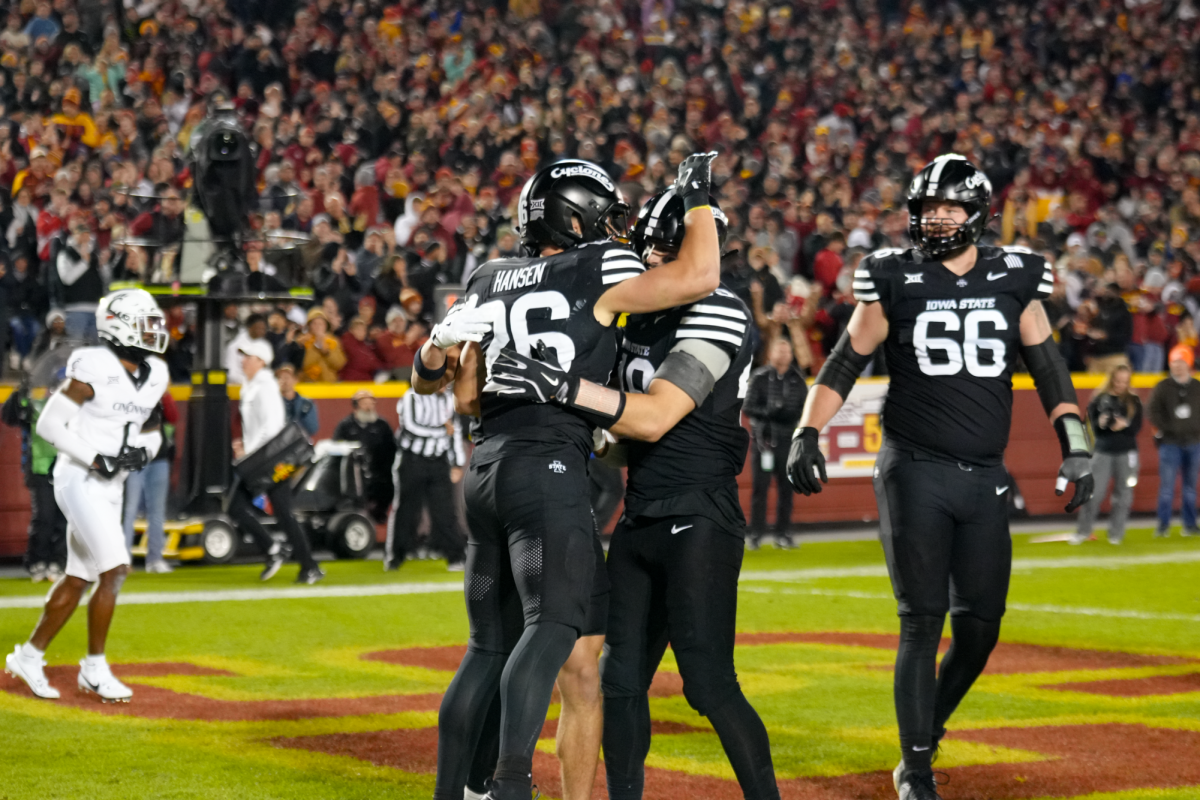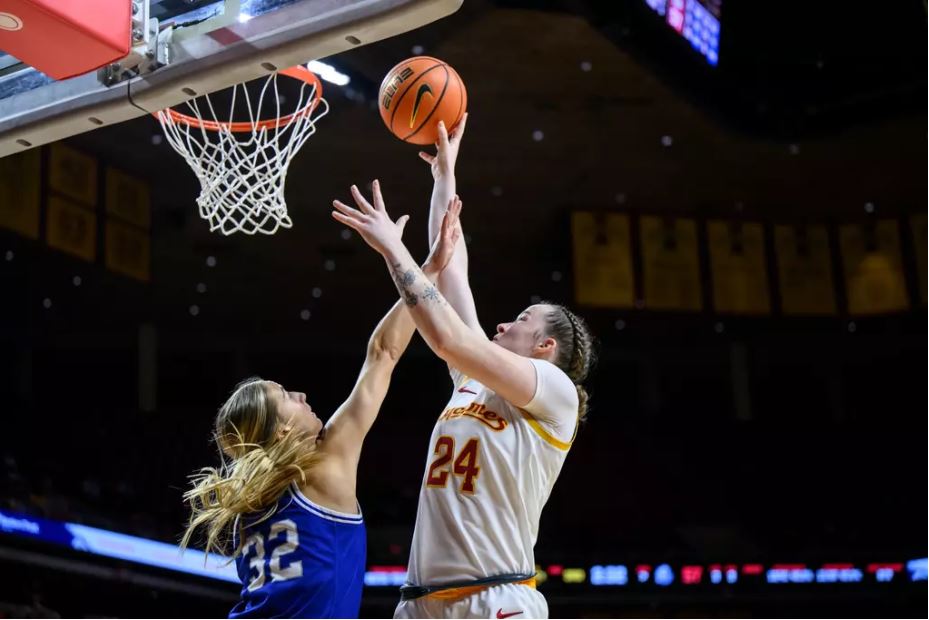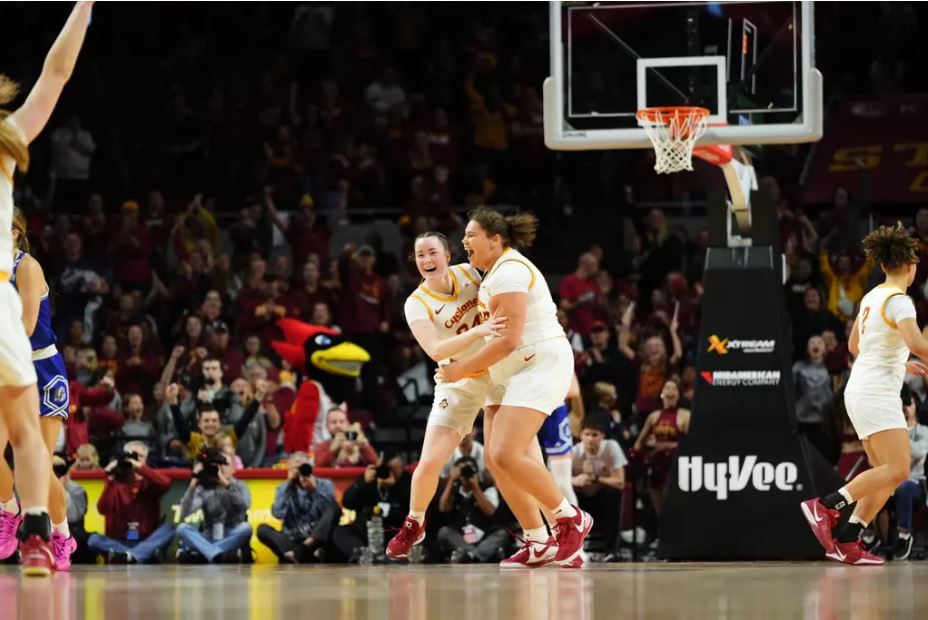COLUMN:How to make voting make sense
June 5, 2002
We’ve got a nice system of government going here in America. The U.S. Constitution was some rocking, forward-thinking planning by the Founding Fathers that has stood and will stand the test of time. But how effective can even the best system of representative government be if we consider it a good turnout when half of the eligible voters go to the polls to elect the people responsible for running the damn thing?
There is a major problem with voter apathy in this country, especially in the 18- to 25-year-old demographic. It’s very difficult to make a good case for why we should care, other than rote repetition of the civic importance of casting your ballot, a duty that doesn’t feel so weighty until you actually pay more for taxes than entertainment.
Countless books, articles, conferences and discussions have tackled the subject of why more young adults don’t vote. Usually the motivations cited include disillusionment with the system, a belief that they can’t change anything with one vote, a lack of good candidates and so on and so on.
I think it’s a mix of all those things, though the young’uns will probably never vote en masse because they are young and have other, more pressing things on their minds, like sex, music, and having sex while listening to music. However, if they felt their votes mattered more, if they felt like the cards weren’t automatically stacked against them, there would absolutely be more young voters.
The point I’m trying to make is more people, young and otherwise, would vote if the way we voted in America made more sense.
The easiest way to make voting more democratic, more open to new ideas, less entrenched in money and sitting power and hence more appealing to the currently apathetic, is to use instant run-off voting in all local, state and national elections.
Here’s how instant run-off works: When you go to the poll, you don’t just mark whom you want to win in each race. You mark whom you want to win most, then second-most, then third-most, etc. The ballots are tallied up, and if none of the candidates have a majority of the first-preference votes, the candidate with the fewest is dropped from the race. Then the second-place votes on all the ballots listing the dropped candidate as first choice are redistributed. Repeat the process until someone has a majority of top-preference votes.
The process is simple and yet powerful. It takes away that age-old need to vote for one party or the other because you don’t want those darn Democrats/Republicans to get control of the House/Senate/White House/State Legislature and repeal abortion laws/take away my guns. It allows voters to choose a candidate who exactly fits their political ideology, instead of choosing whether they are “red” or “blue” or “screw it I’m watching Oprah.”
For example, if this style of voting was used in the 2000 presidential election, all of the Ralph Nader supporters who were afraid they were electing George Bush by not voting for Al Gore could have listed Nader as their first choice and Gore as their second. Or Nader as first, Libertarian Harry Browne as second, the dude from the Natural Law Party as third and Gore as fourth.
If voters were released from the two-party prism that requires them to funnel their complex set of personal political beliefs through either one stream of light or the other, not only would they vote more, the voting would more accurately reflect what the republic wanted when it stepped behind the curtain that day.
There would be other less obvious benefits.
It would reduce the power of negative campaigning because negative advertising’s only appeal is to play to that I-better-vote-for-his-opponent-because-I sure-don’t-like-this-guy way of thinking.
Also, negative advertising tends to always put off a certain section of the population that just doesn’t dig mud-slinging. Politicians couldn’t afford to lose those voters because to win, they would also need some second- and third-place votes.
If the effect of negative campaigning wanes, so does the power of money and television advertising. It is an old political adage that the only way to move poll numbers is by going negative. Without negative advertising, the only political ads worth running would be positive ones that lay out a candidate’s stance on issues. Issues, man! Good God!
Efforts to start using instant run-off voting are already rolling in Alaska, California, New Mexico, Vermont and Washington. Not surprisingly, none of those states are profiting from the current way we elect presidents.
You know, like Iowa does (caucus). Bummer.
Dave Roepke is a senior in journalism and mass communications from Aurora. He is the opinion editor of the Daily.






